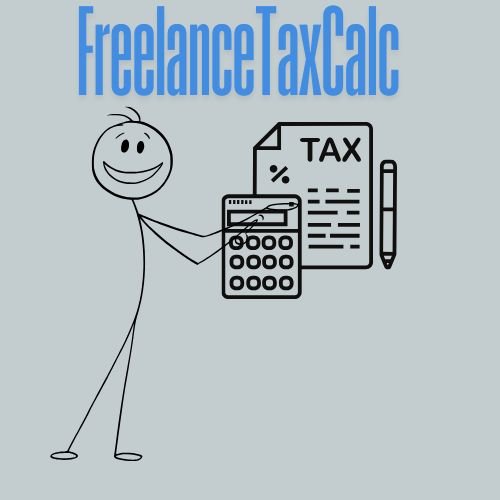Freelance Tax Basics
Taxes can feel confusing when you’re new to freelancing. Between self-employment rules, IRS forms, and quarterly deadlines, it’s easy to feel lost.
But understanding your freelance taxes doesn’t have to be hard — especially when you start with the basics.
In this guide, you’ll learn what you need to know to file correctly, avoid penalties, and keep more of your money in 2025.
What Is Considered Freelance Income?
If you work for yourself — full-time or as a side hustle — and you’re not on a company payroll, the IRS considers you self-employed.
That includes income from:
- Freelance writing, design, coaching, or consulting
- Gig work (like Fiverr or Upwork)
- Selling services or products independently
You’ll typically receive a Form 1099-NEC from clients who paid you $600+.
📄 Tax Forms You Need to Know
When you’re self-employed, your tax forms are different than those for W-2 employees. The most important ones are:
- Form 1040 – Standard tax return
- Schedule C – Report freelance income and expenses
- Schedule SE – Calculate self-employment tax
- 1099-NEC – Report from clients showing what they paid you
- 1099-K – If you received over $600 via PayPal, Venmo, etc.
You can find all IRS forms here.
What Is Self-Employment Tax?
Self-employed people must pay both:
- Income tax
- Self-employment (SE) tax – covers Social Security and Medicare (15.3%)
This tax isn’t withheld automatically like it is for employees — so you’re responsible for paying it yourself, usually quarterly.
Try our Freelance Tax Calculator to estimate what you owe.
📆 Do You Need to Pay Taxes Quarterly?
Yes, if you expect to owe more than $1,000 in taxes for the year.
Quarterly estimated tax payments are due:
| Quarter | Payment Due |
|---|---|
| Q1 (Jan–Mar) | April 15 |
| Q2 (Apr–May) | June 15 |
| Q3 (Jun–Aug) | September 15 |
| Q4 (Sep–Dec) | January 15 (next year) |
Missing these deadlines can result in penalties and interest. Learn more in our upcoming post:
Quarterly Tax Deadlines & How to File
🧾 Can You Deduct Business Expenses?
Yes! You can reduce your taxable income by writing off valid business costs.
These might include:
- Internet, software, and apps
- Laptop or phone used for work
- Office space or home office portion
- Training, coaching, and education
- Marketing, web hosting, and branding
Check out our post: Top 10 Freelance Tax Deductions
🔍 Keep Track of Your Income & Expenses
Good record-keeping makes filing taxes much easier. Use tools like:
- Google Sheets or Excel
- Apps like QuickBooks Self-Employed, Wave, or Bonsai
- Save all invoices, receipts, and payment records
Tip: Keep separate business and personal bank accounts.
🧠 Key Terms to Know
Here are some must-know freelance tax terms:
| Term | What It Means |
|---|---|
| Gross Income | What you earn before expenses |
| Net Income | Earnings after business deductions |
| Self-Employment Tax | 15.3% tax for Social Security + Medicare |
| Estimated Payments | Quarterly taxes you prepay to the IRS |
Final Thoughts
If you’re new to freelancing, start by learning these tax basics.
The more you understand, the easier it will be to plan ahead, save on taxes, and grow your freelance income with confidence.
👉 Use our Free Freelance Tax Calculator
👉 Read more in Freelance Tax Deductions
👉 Stay on top of Quarterly Deadlines


